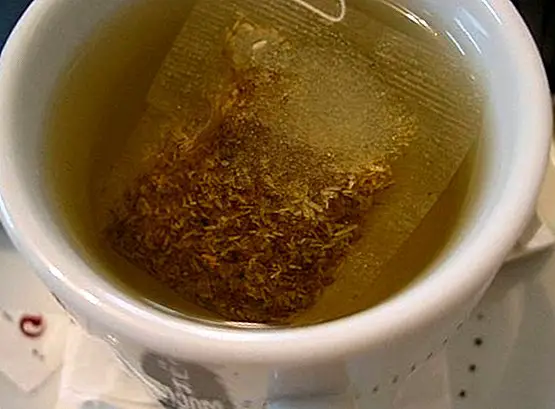Salmonellosis: symptoms and treatment
 Now that the good weather begins and the heat also begins to tighten, it is a very good idea that, when we go to the beach or the pool to spend a sunny day and we take food to eat, we pay special attention to certain food products , with the aim of preventing and avoiding salmonellosis.
Now that the good weather begins and the heat also begins to tighten, it is a very good idea that, when we go to the beach or the pool to spend a sunny day and we take food to eat, we pay special attention to certain food products , with the aim of preventing and avoiding salmonellosis.
The salmonellosis, as you surely know, is a gastrointestinal infection caused by salmonella, a bacillus composed of a group of bacteria, which live in the intestine of humans and infected animals.
Symptoms of salmonellosis
The symptomatology that causes salmonellosis in many cases is quite clear, since it produces:
- Colic and stomach pains and abdominal pain.
- Diarrhea and vomiting.
- Headaches.
- Chills and high fever.
- Blood in the stool.
These symptoms are suffered by infected people from 8 to 72 hours after the initial infection.
In larger cases more diarrhea may occur, which causes the person to be immediately hospitalized, because salmonella can pass from the intestines into the blood and endanger their lives.
How is salmonellosis contracted and spread?
It is normal for salmonella bacteria to reside inside the intestines of human beings, which is discarded by means of feces. However, it is common for humans to become contaminated by consuming contaminated food or water.
We find salmonella especially in cattle meat, in raw poultry meats, and sometimes in dirty fruits and vegetables. Therefore, it is always recommended to wash these last foods well before consumption, and cook them well.
Treatment for salmonellosis
It is advisable to treat dehydration, replacing fluids and electrolytes. However, in severe cases, hospitalization and intravenous administration of fluids may be advised. In addition, the doctor may recommend:
- Antibiotics: especially in those cases in which the specialist suspects that the bacteria has entered the bloodstream, before a serious case or when the patient's immune system is compromised.
- Antidiarrheals: help relieve colic, and treat the diarrhea associated with this infection.
Image | Nathan Reading This article is published for informational purposes only. It can not and should not replace the consultation with a Physician. We advise you to consult your Trusted Doctor. ThemesInfections Gastrointestinal disorders



